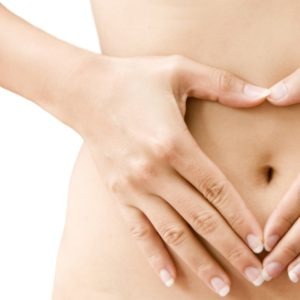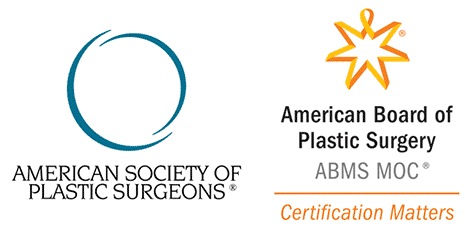 Just like any plastic surgery procedure, tummy tuck or abdominoplasty involves certain risks. The patient should be aware of the risks in order to make an informed decision. When the procedure is performed by a skilled surgeon under the best safety protocols, the risks are dramatically reduced.
Just like any plastic surgery procedure, tummy tuck or abdominoplasty involves certain risks. The patient should be aware of the risks in order to make an informed decision. When the procedure is performed by a skilled surgeon under the best safety protocols, the risks are dramatically reduced.
Board certified plastic surgeons at MBody provide tummy tuck to patients in Northern Virginia, Washington DC, Vienna, McLean, Loudoun, Ashburn, Tysons Corner, Reston, Arlington, Chevy Chase, Richmond, Fredricksburg, and surrounding locations.
Common Risks
Risks that are commonly associated with tummy tuck plastic surgery procedure include the following:
Anesthesia Reaction
If the procedure is performed using general anesthesia, the risk is slightly greater than in the case of local anesthesia. In exceptional cases, general anesthesia may cause an unexpected reaction in a patient. An experienced anesthesiologist will be able to identify an emerging problem before it worsens, and mitigate the risk.
Blood Clotting
In rare situations, a blood clot may form inside a blood vessel as fallout of tummy tuck surgery, and may complicate the blood circulation. The risk of clotting can be minimized when the patient follows the surgeon’s pre- and post-operative instructions carefully. Mild post-op exercises and wearing of compression garments can also improve blood flow and reduce the risk of clotting.
Infection
The infection risks are higher during and immediately following the tummy tuck surgery. The surgical room should be sterile in order to reduce the risk of contracting an infection. Following the surgery, proper care of the surgical wound must be taken. Surgeon’s instructions regarding exposing the wound to water and removing or changing bandages should be followed diligently.
Seroma Formation
The surgeon will usually place drains underneath the skin following tummy tuck surgery. This will help to ensure that fluid collection between the skin flap and the muscle layer or seroma formation is minimized. The patient will have to measure the drained fluid every day and maintain a log before discarding it. The drains may be removed in about one week after a tummy tuck.
Slow Wound Healing
Bruising, swelling, and tenderness in the treated areas will usually subside in about four to six weeks after tummy tuck. But if the patient continues to show signs of discomfort beyond this point, it will be called slow healing. In rare cases, skin loss may occur due to irregular healing. Such patients may suffer from more scarring.
Experienced plastic surgeons at MBody receive patients from Northern Virginia, Washington DC, Vienna, McLean, Loudoun, Ashburn, Tysons Corner, Reston, Arlington, Chevy Chase, Richmond, Fredricksburg, and nearby areas for tummy tuck.
Temporary Side Effects
Mild side effects can occur after tummy tuck surgery, but these are not considered complications. These side effects will typically disappear in a few days. Swelling is a common side effect of tummy tuck, which can be improved with a compression garment or abdominal binder.
Post-operative pain can be managed with pain medications for the first few days as prescribed by the surgeon. Apart from pain and swelling, patients commonly experience bruising in the abdominal area. This will normally subside in about two weeks.
For more information on the surgical and non-surgical procedures and treatments by Board Certified Cosmetic Plastic Surgeons Dr. Reps Sundin and Dr. Burton Sundin please visit
Serving Northern Virginia, Washington DC, Vienna, McLean, Fairfax, Loudoun County, Ashburn, Tysons Corner, Reston, Arlington, Fredricksburg, Chevy Chase, Potomac, Maryland Richmond, VA and surrounding communities.






